Business Relationship Management is responsible for the relationship between business and the IT Service Provider. The identifies the business needs, this includes upcomming needs of the business roadmap and ad-hoc activities which might come up. The Business Relationship Management is also responsibile for the statisfyability of the IT Service Provider in the long run.
Scope
The Business Relationship Manager is responsible for the following activities and deliverables:
- Customer portfolio
- Customer agreements
- Operating results
- Current service utilization
- Offered services
- Account Management
- Customer statisfaction
- Relationshipmanagement
For his duties he needs input from several other processes:
- Service Portfolio Management
- Service Level Management
- Service Catalogue Management
- Capacity Management
Activities
The main activities of the Business Relationship Management are the following:
Customer Portfolio
Structures all customers of the IT Service Provider and provides transparancy into the ITSM organization. The main consumers of the customer portfolio is the Business Relationship Management and Service Portfolio Management. Typical content of the customer portfolio is:
- Customer Names
- Authorized Customer Representatives (department-wise)
- Per customer the responsible Business Relationship Manager
Therefore the named single point of contact is definde through the responsible Business Relationship Manager - Businessmodel of the customer
- Operating results of the customer
- Consumed services per customer
Therefore Customer Portfolio provides transparency about the service utilization per customer. As a single point of contact, the defined Business Relationship Manager is also the defined escalation instance, which also has the discretionary competence. Further, the Business Relationship Manager can evaluate the impact of investments into services to customers.
Offered Services
The offered services are based on the given or identified customer requirements. Therefore Business Relationship Management can provide:
- Solutions based on best practices and expertise
- Specifications and recommendations, e.g. for certain manufacturers or an long-running architecutre
- An analysis of real requirement, e.g. for service requirements such as “99% availability” to support customers with economical approaches
- Defined utility instead of general ones (faster, cheaper, more secure)
- Define and name restrictions
Therefore Business Relationship Management is guiding and consulting customers on an economical basis.
Critical Success Factors
The following items are examples:
- CSF: Ability to understand and document customer requirements for services
- KPI: Operating results and business requirements are documented and signed by customers.
- KPI: Operating results and business requirements are utilized as input for Service Portfolio Management and Service Desgin (user requirements specification)
- CSF: Customer statisfaction is measured
- Customer statisfaction is constantly high, all deviations are examined

